INTRODUCTION

Just like with most things in the electronics market solid state drives (SSDs) have come a long way since the late 2000's not just in terms of read & write speeds but also endurance and even supported technologies. Another thing which has as expected improved over the years has been cost so today consumers can get their hands on 4TB Gen4 M.2 NVMe SSDs for roughly the same amount as 32GB SATA SSDs when they were first introduced almost 17 years ago. DRAM-less Gen4 SSDs further optimize cost by slightly sacrificing performance and the SSD FX700 model by HP released late last month is yet another such model.
HP SSD continues to make progress in storage technology. It can provide customers with the latest high-performance storage solutions in both the server and consumer market. Compared with traditional hard disk drives, HP SSD can improve the operation performance of your entire system, including superior read-write speed, improved startup time, faster application-load, longer battery life, and better earthquake-resistant performance. As a leading brand in the PC industry, HP SSD quality assurance is implemented from the R&D design stage to the whole process of production and sales, and is feed back to the R&D design. Let quality design be in every product is HP's quality management principle. HP SSD supports DST self-test of HP computers to ensure the product reliability in use. HP has a perfect after-sales system and many service outlets globally. HP will solve any questions carefully about products. We also provide a free customer support hotline and you can also find more details on our HP website.
The SSD FX700 line of PCIe 4.0 Gen4 M.2 NVMe SSDs is currently available in 512GB/1/2/4TB capacities and is the 5th model to arrive in the lab featuring MaXio's DRAM-less MAP1602 12nm quad-channel (R5) NAND flash controller which this time is paired with YMTC's very first 232-layer 3D QLC NAND flash. Again, the MAP1602 12nm quad-channel NAND controller by MaXio packs quite a few technologies including advanced wear leveling algorithms, Host Memory Buffer (HMB) architecture (uses a fraction of your PC's system memory to cache mapping tables), pseudo SLC cache, bad block management strategy, hardware error-correction, L1.2 ultra-low power state and sudden power-loss protection, TRIM, NCQ, hardware support for AES256/SM4 encryption and support for TCG OPAL2.0. Last but not least the entire SSD FX700 line is covered with a 5-year limited warranty, has a reported MTBF of 2 million hours for all variants and a TBW (terabytes written) of 200 for the 512GB model, 400TB for the 1TB model, 800 for the 2TB model and 1600 for the 4TB model.
SPECIFICATIONS AND FEATURES

PACKAGING AND CONTENTS
A product picture along with the company logo, capacity, connectivity and main features are all placed at the front of the box.
The product specifications, system requirements, bundle contents, 5 year warranty, HP contact information and numerous certifications are all placed at the rear.
Along with the SSD FX700 inside the box you'll also find a mounting screw and the quick start guide.
THE SSD FX700 2TB
The SSD FX700 SSD comes with a black sticker with the HP logo on top.
On the opposite side we find another sticker with the model name, capacity, serial numbers, barcodes, 5 year warranty and numerous certifications.
The sticker with the HP logo on it seems to be the same graphene laced pad used with the FX900 model so it should keep temperatures in check.
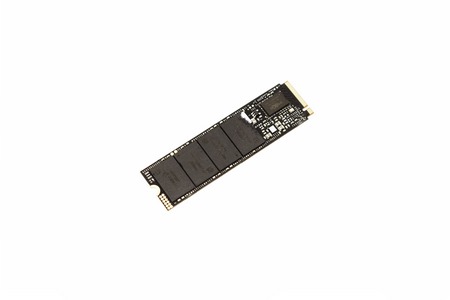
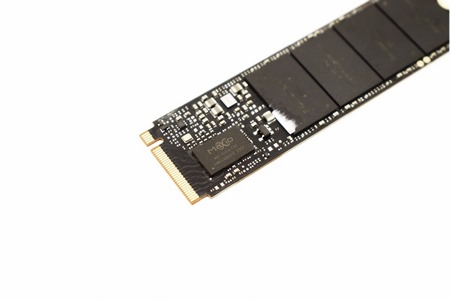
 Underneath the pad we find the MaXio MAP1602 controller along with 4 YMTC 232-layer 3D QLC NAND flash modules.
Underneath the pad we find the MaXio MAP1602 controller along with 4 YMTC 232-layer 3D QLC NAND flash modules.
TEST BED
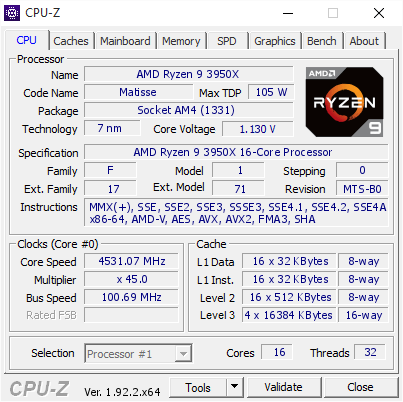

TESTING METHODOLOGY
Not long after I first started testing SSDs back in 2008, I concluded that it's almost impossible for any single benchmark suite to accurately measure their performance and that's why in certain benchmark suites we see amazing read/write performance numbers with some drives while in others things are quite different. The reason behind this is that some benchmarking suites are configured to read and write random chunks of data while others read and write constant (sequential) ones. So that's why i always use a very wide selection of benchmarking suites including AIDA64, HD Tach RW, HD Tune Pro, Crystal Disk Mark, Sisoftware Sandra Pro, AS SSD, IOmeter and ATTO. To get the most accurate results each test gets repeated a total of 6 times with the average performance numbers recorded into the charts*/****. Also, as of February 25th 2015 our results will also include the Storage Networking Industry Association’s (SNIA) IOMeter tests. These tests include a 12 Hour write test used to “simulate” performance degradation over time and a mixed workload test which basically shows what you can expect when using an SSD continuously for roughly two hours. Unfortunately, due to the time required for these tests they get repeated a total of 3 times and not 6 as the above.
Many people have made inquiries about our charts in the past so once again please do keep in mind that the Charts have the average performance numbers of each drive recorded and not the peak (highest) ones. Also, although every single one of these programs can help potential buyers choose the right drive for their needs you should also remember that from any kind of benchmark up to real world usage the gap is not small (and usually most differences will go unnoticed by most people). All tests were performed in a fresh Windows 10 Pro x64 installation complete with every update up to the date of this review.
* Since November 2018 the SSD comparison charts have been divided to 2.5” and M.2 models to reduce their growing size.
** Unless stated otherwise the Ryzen 9 3950x based Test Rig used for M.2 Gen 4 SSD reviews is not located in the lab.
*** As of January 2021 for Gen 3x4 models I’ll be using the Core i9-7980XE test rig (after numerous tests the up to 6% difference in read & write performance compared to the i7-6700 system simply wasn’t enough to justify having an extra test rig around).
**** Since February 2022 M.2 NVMe Gen3 and Gen4 SSD drives are placed in different charts.
TEST RESULTS - AIDA64 / ATTO


TEST RESULTS - HD TACH RW / HD TUNE PRO


TEST RESULTS - SISOFTWARE SANDRA PRO / CRYSTAL DISK MARK


TEST RESULTS - AS SSD / IOMETER


TEST RESULTS - IOMETER SNIA
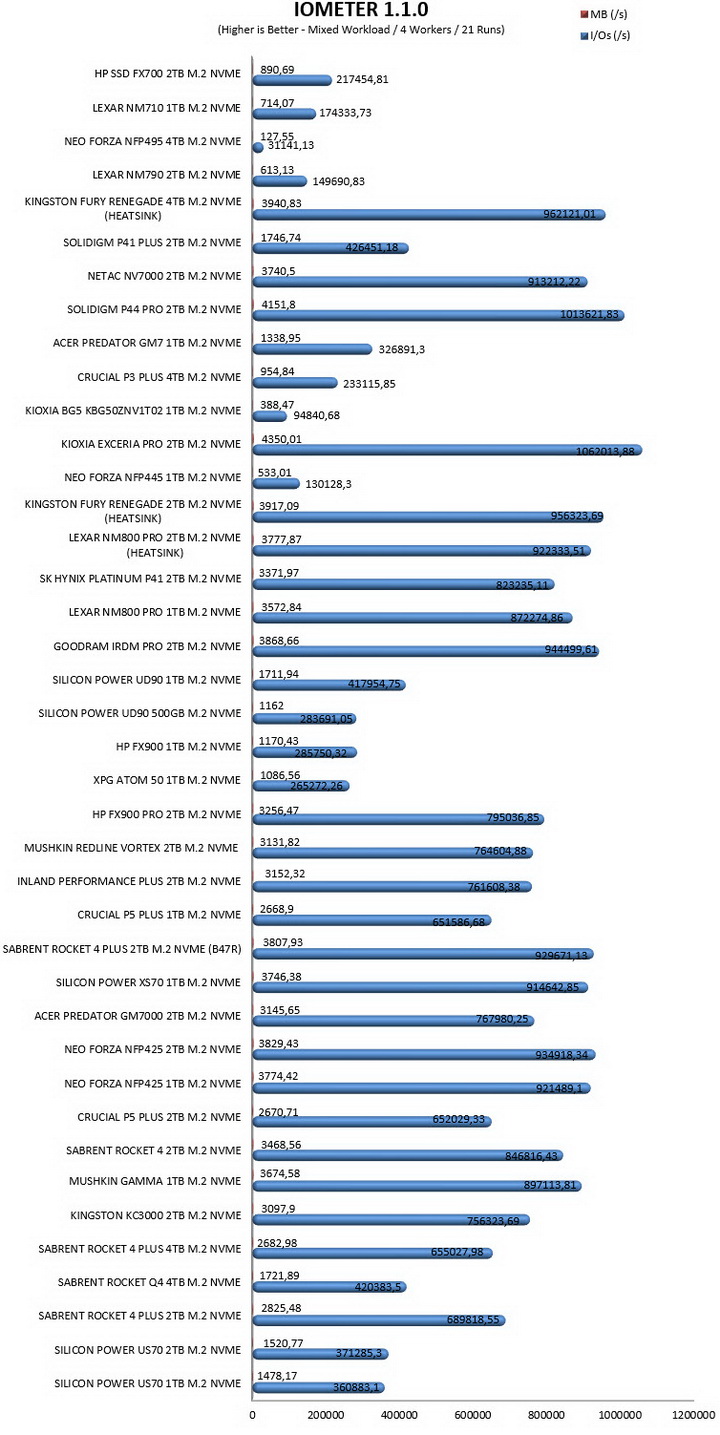
CONCLUSION

It's easy to see from all the charts today that the latest 232-layer 3D QLC NAND flash by YMTC does a very good job in both read & write numbers which is also why other models also based on the MaXio MAP1602 fall slightly back in some tests, the popular NM790 by Lexar included. QLC NAND however has always suffered from a single issue which is also obviously present here as well, endurance. For example, the 2TB variant of the SSD FX700 series features an TBW of 800 whereas the NM790 and even the GM7 feature a TBW of 1500 and 1200 respectively (not a small difference). Now do i expect these numbers to actually make a difference for most consumers? Probably not, still endurance is something i happen to put much weight on (yes, even more than performance since my work depends on stability) so for such people QLC NAND is probably not the way to go.
In terms of pricing the HP SSD FX700 2TB has an MSRP of USD99.99 (wasn’t able to find it on any of the known e-tailers so MSRP is all I have right now) which is very good considering its performance. Yes, endurance may not be the best out there but for the vast majority of consumers that will not matter much and since the SSD FX700 does deliver in performance, features and price it deserves the Golden Award.

PROS
- Good Overall Performance (For a DRAMLess Drive)
- Up To 4TB Capacity
- Graphene Laced Pad (Reduced Temperatures)
- 5 Year Limited Warranty
- Price (For Some)
CONS
- Current Availability
- 3D QLC NAND Endurance (For Some)

 O-Sense
O-Sense





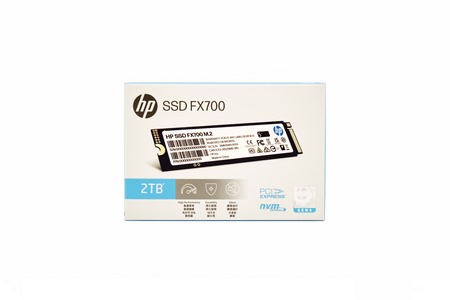
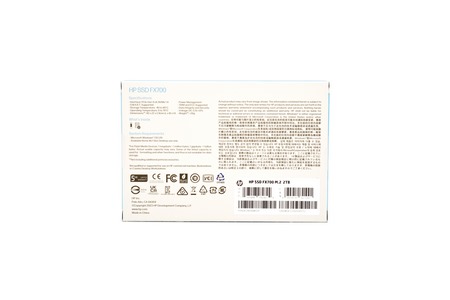
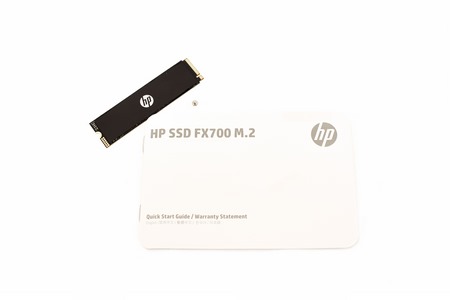
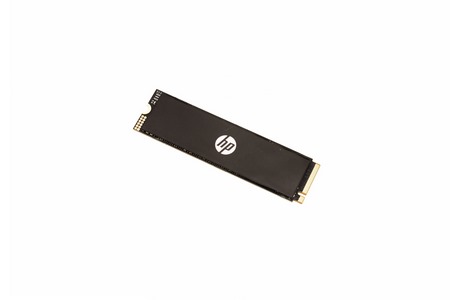
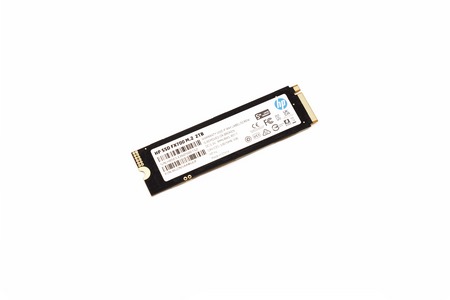
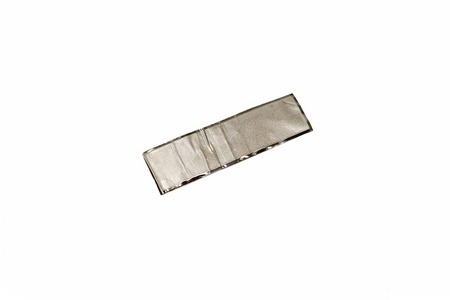
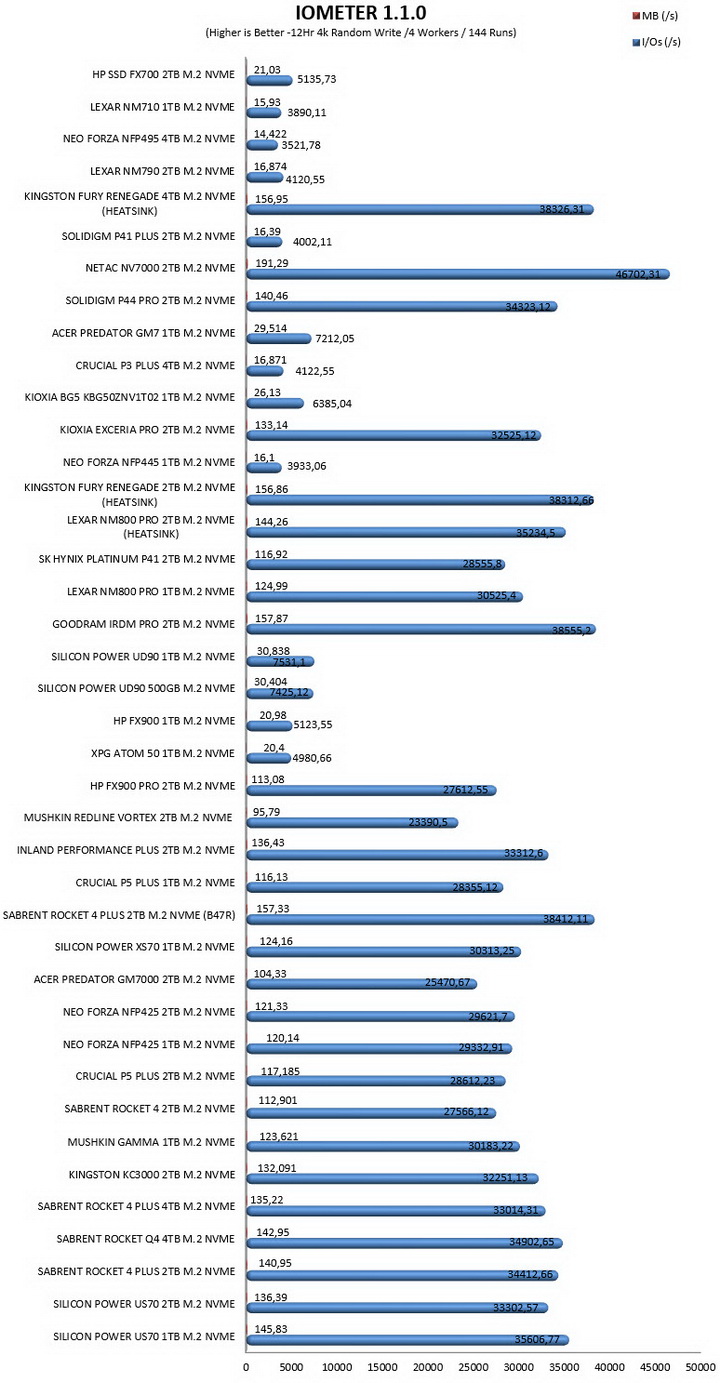
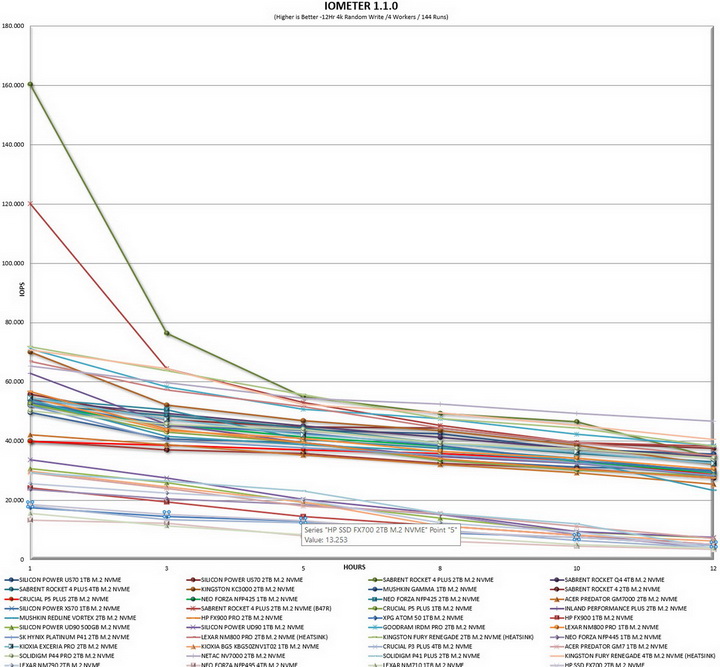


.png)

